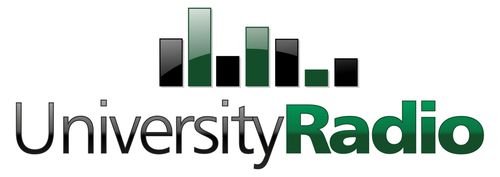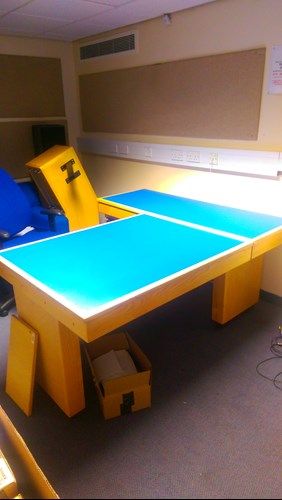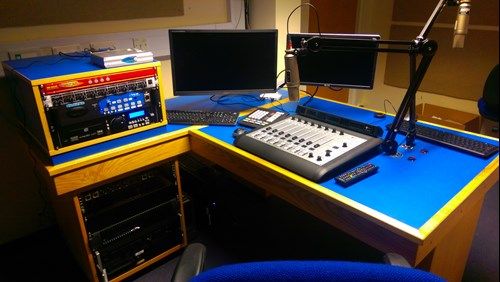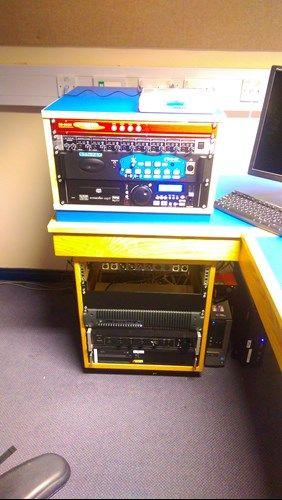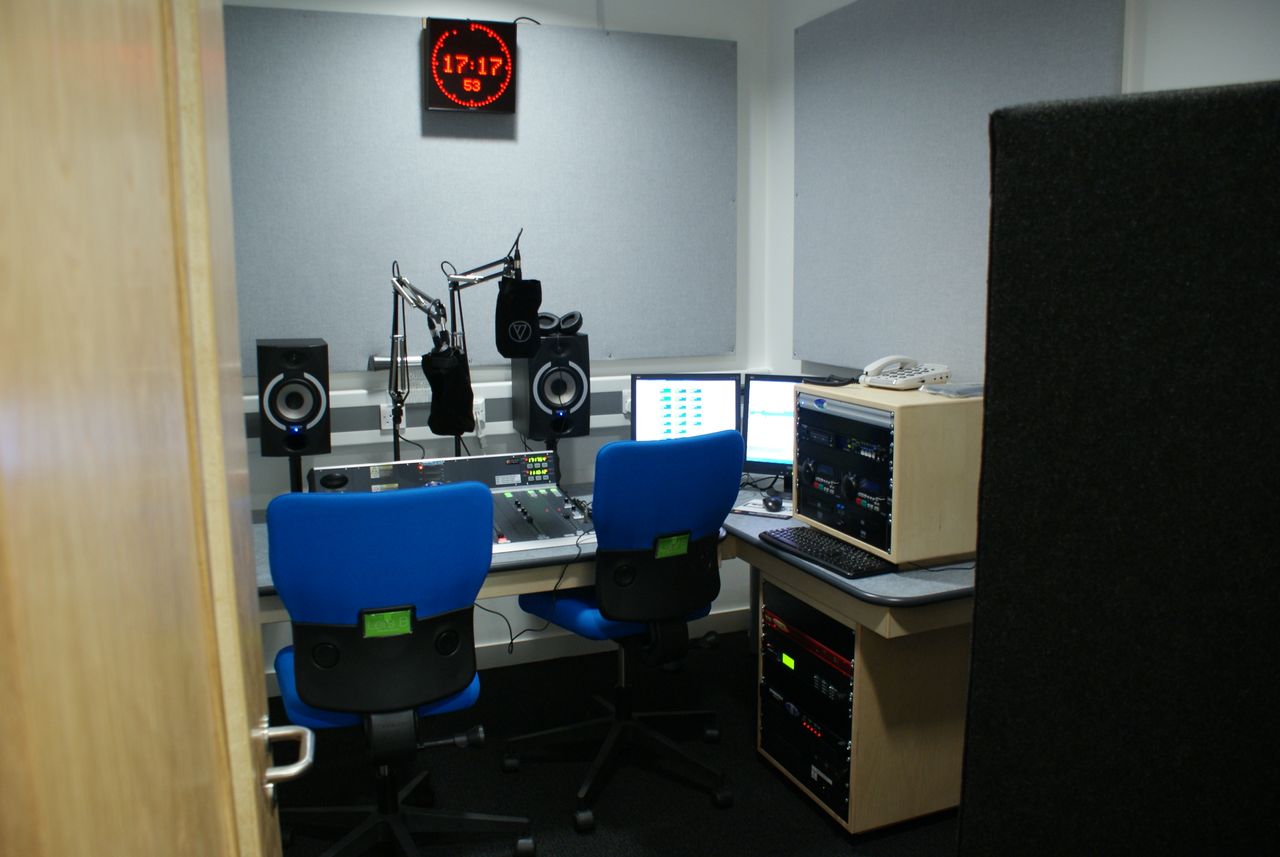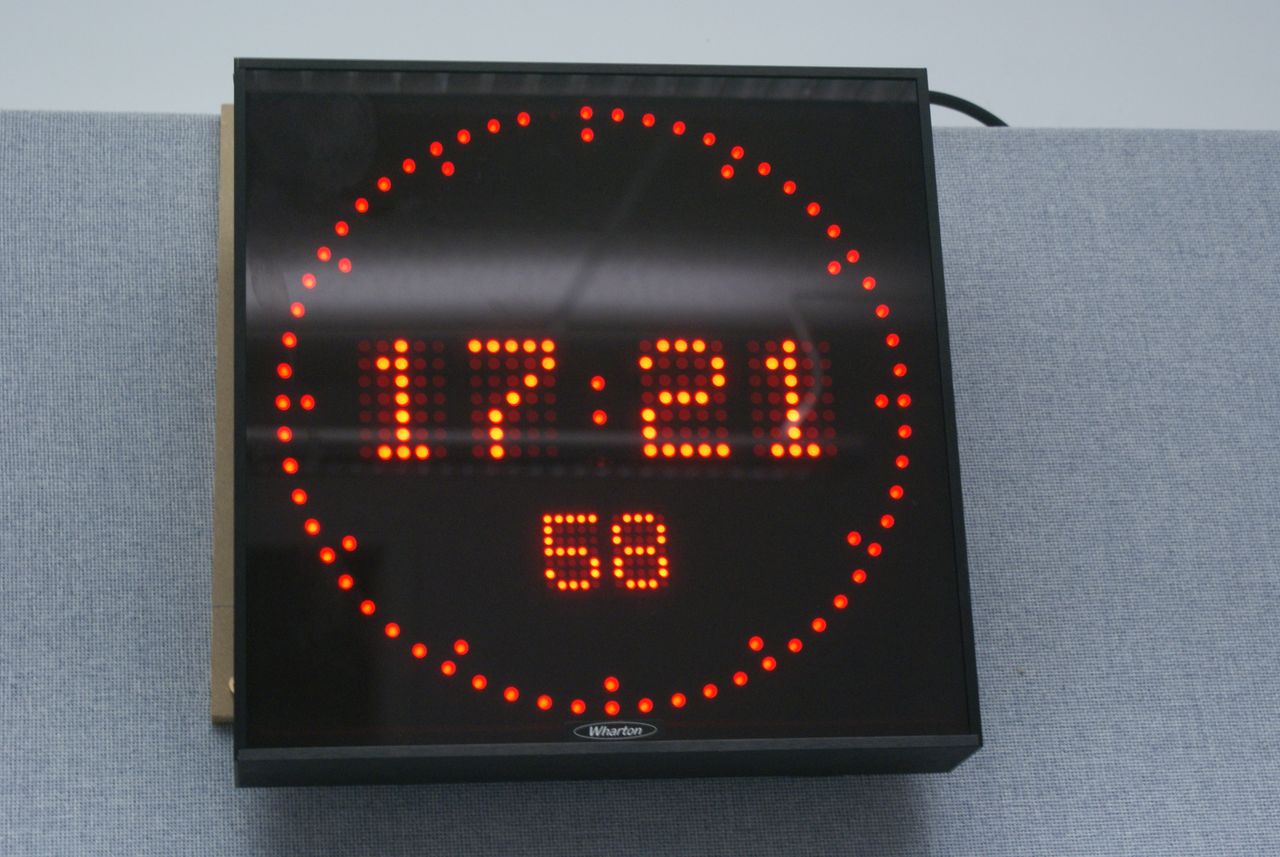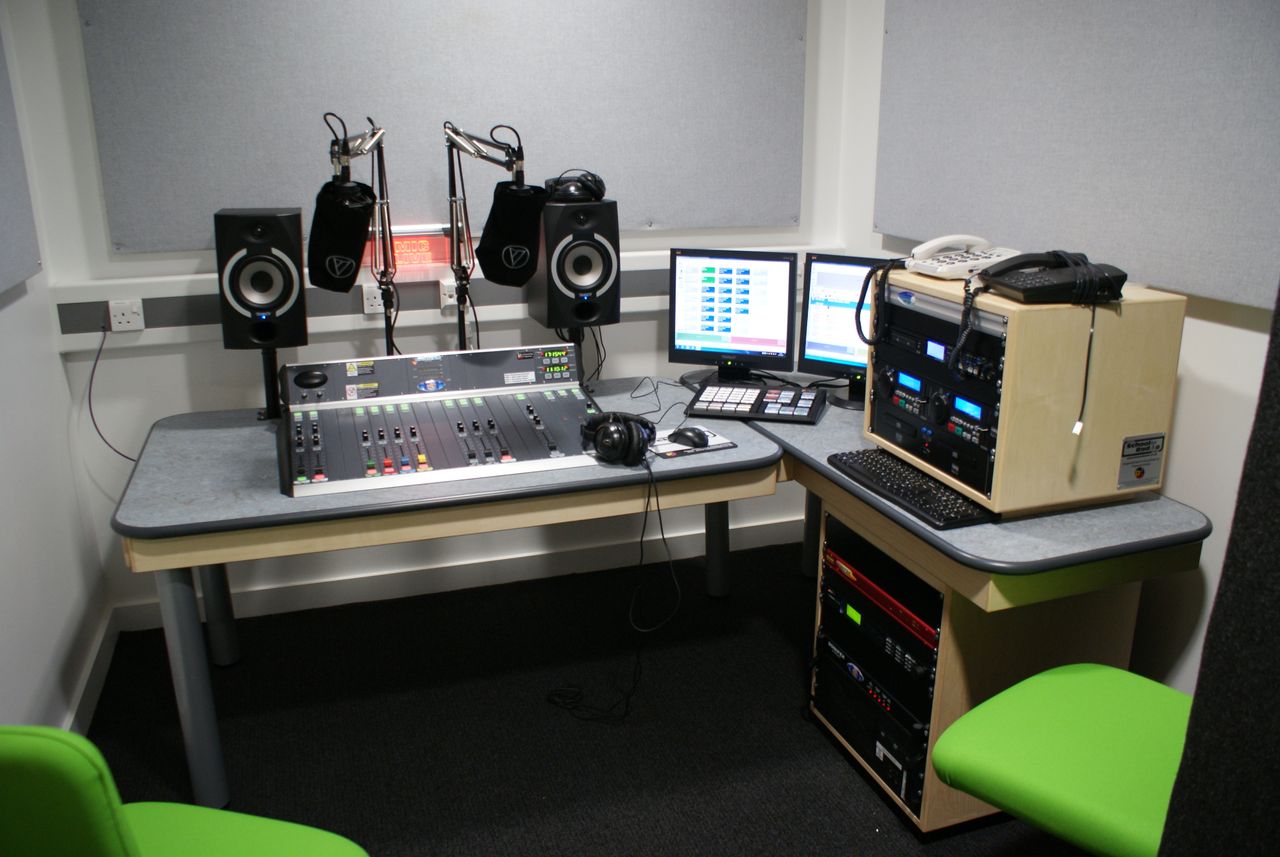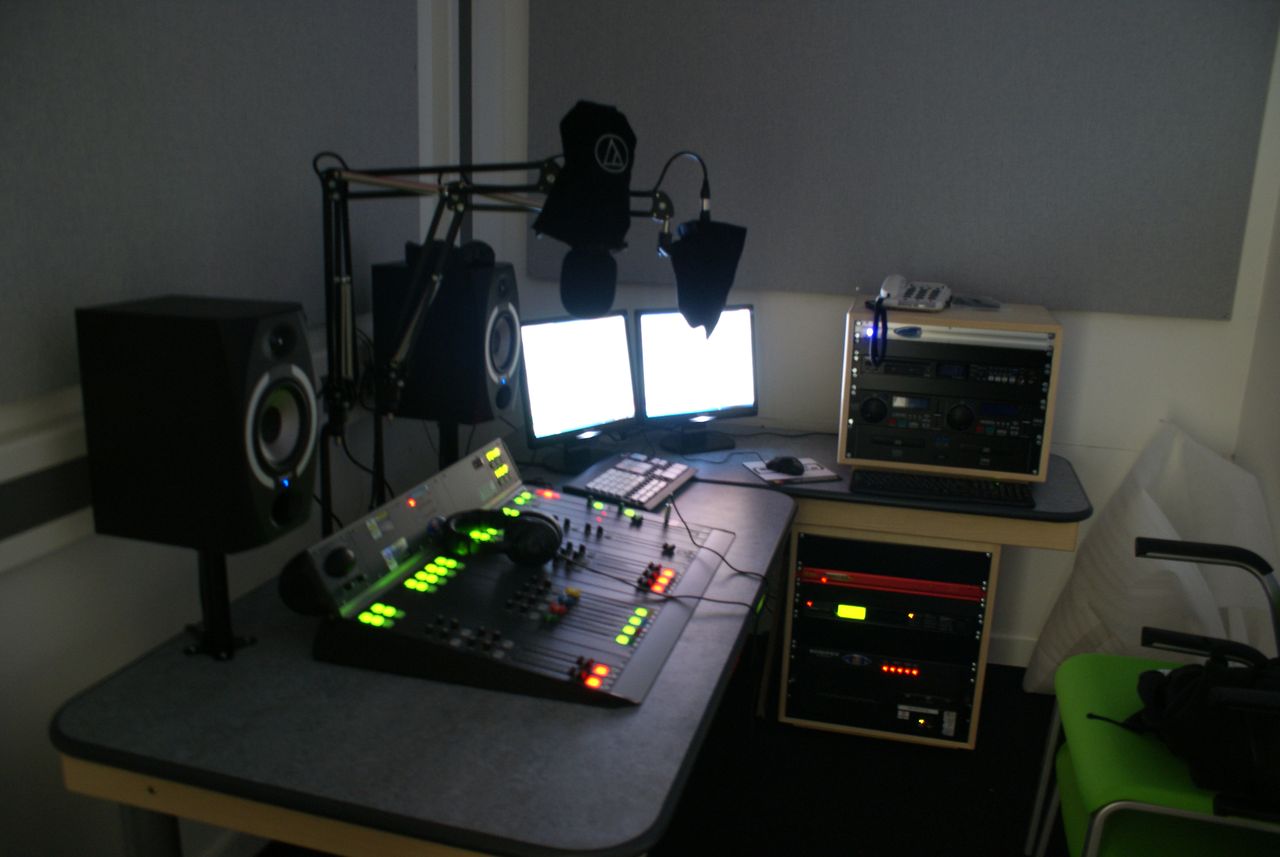Case Studies
We have worked with a large number of Universities and Colleges over the years and in most cases, each project has presented it's own set of challenges to overcome. Here are just a few of the projects we have worked on recently.
Select a case study...
Leeds Trinity University
In Spring 2016, Leeds Trinity University put out a tender to update their ageing broadcast radio and journalism facilities, we knew it was a project we wanted to tackle. The brief was to convert their existing studios to a digital audio over IP solution, refresh the look of the studio woodwork whilst maintaining the main framework and upgrade to the latest Myriad playout system. Challenge accepted!
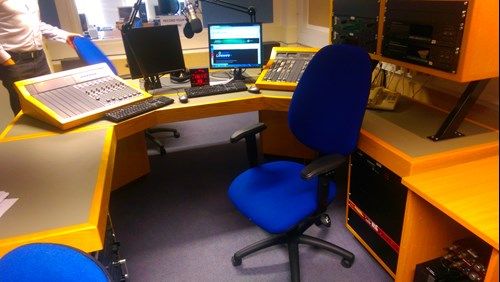
This is what the Leeds Trinity University studios looked like when we first visited the site. A very traditional setup with substantial 'U' shaped woodwork and a old but fully functional Sonifex Sovereign split mixing desk. There was also a large 'floating' equipment pod to the right which housed a lot of outboard audio gear they simply didn't use anymore. The brief was to to achieve the following:
- Replace old analogue desk with a digital audio over IP (AoIP) solution.
- Remove all unnecessary or unused audio equipment.
- Retain the basic woodwork but make it look a little more modern in some way.
- Add a screen based clock and tally signage system.
- Do the same in the second production studio.
- Link the two studios and the newsroom area so audio could be shared between them.
- Allow provision for future expansion and modernisation of a third existing studio (maybe next years project!)
And all of this had to be achieved on a reasonably tight budget and crucially within a three month time frame in order to allow the students to use the new equipment at the start of the new academic year.
If you are installing a studio into an empty room, it is a fairly straight forward process. Upgrading existing facilities, retaining some equipment and discarding other equipment requires a lot more thought and planning so the first stage of the project (having won the tender) was conduct a number of onsite surveys and consultations to ensure our solution covered everything and the installation would go smoothly.
We proposed:
- Switching to the Axia iQ digital console platform.
- Supply new wooden tops for the existing woodwork to make it look more modern (and cover the holes from the old mixer).
- Remove all unnecessary equipment (which there was a fair bit).
- Add a new Myriad Playout system.
- Add a V-Clock signage system to each studio and the newsroom.
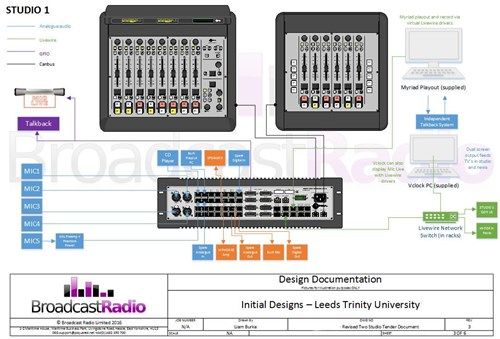
The starting point was to design the functional layout of each studio. Each piece of equipment was mapped to an input or output on the QOR.32 engine to ensure that everything was accounted for. The diagram also sketched out how the playout and signage PC's would connect to the system as well as the talkback system.
Functional diagrams were produced for each studio, the equipment in the newsroom area and of course the IT network. Once that was all agreed it was on with the installation.
First job was to remove all the old equipment ready for the new woodwork surface.
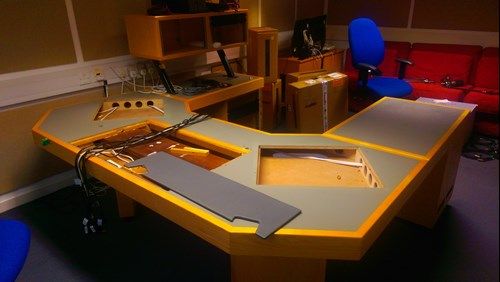
Once the old studio was gutted, it was time to fit the new work surface.
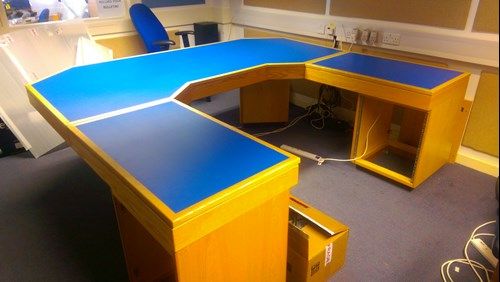
The new surface featured a blue inlay with beech wooden capping. It fitted well!
Next we started to fit in the new equipment.
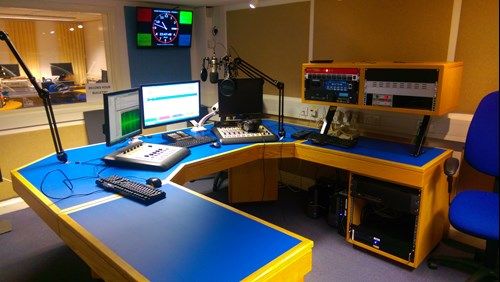
The Axia iQ consoles are much smaller than the old mixer giving a far more open feeling to the studio. We also floated the PC monitors on articulated arms to further enhance the open feeling.
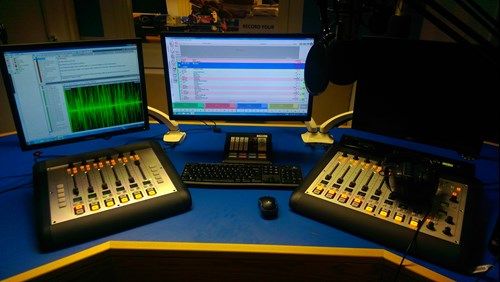
The customer opted for the split console configuration which worked well with the woodwork layout.
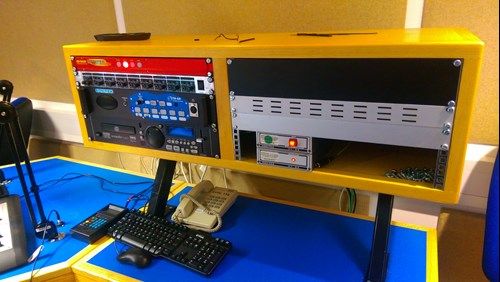
We re-fitted the old equipment pod but only included the equipment that needed which included a studio switcher (RB-OA3), ISDN, CD player and TBU (for phone calls)...and some blanks!
We also did a similar treatment to their production studio.
Finally, they also had a newsroom area that they wanted to be able to listen to the studio output and contribute to the studios. In order to achieve this, we fitted an Axia xNode to the newsroom so that 'livewire' audio could be sent and received via standard CAT5 networking.
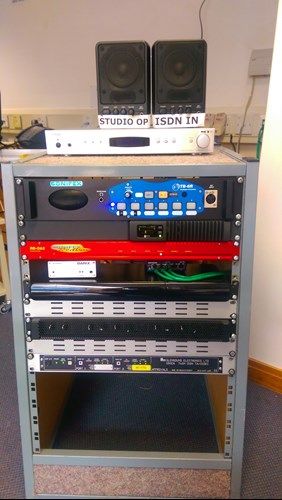
Sheffield Hallam University
This case study refers to the recent upgrade to the radio broadcast facilities at the Sheffield Hallam University. This project was undertaken in the summer of 2015 and was actually to replace studios fitted by us originally in 2010. In 2010 we had installed analogue studios based on Sonifex S2’s but they wanted to upgrade to digital technology so we recommended a switch to the Axia Livewire system.
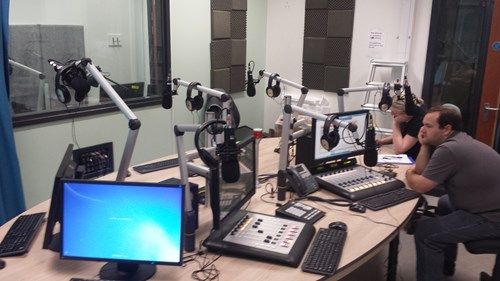
This installation included a large piece of custom woodwork designed to sit the presenters on one side with multiple spots for journalists or discussion guests around the oval table. In addition to using the Axia Livewire system we also upgraded them to the latest Myriad playout system.
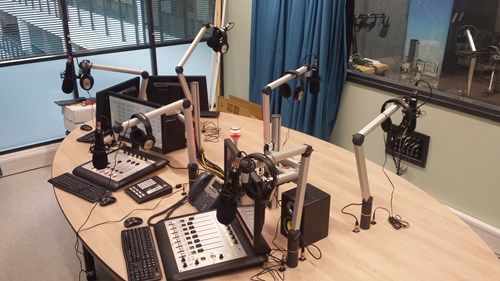
Their older equipment was retained as a training / product studio which was linked to the Axia system by utilizing existing audio ties to plug directly into the Axia core in the main studio (we could have used an xNode but there was no need).
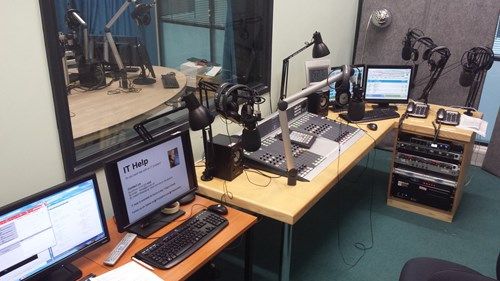
At Sheffield Hallam, they also use the latest Myriad News system to allow the students to create news content, compile shows and present them ‘on air’ or publish them online.
Liverpool John Moores University
In 2012 Broadcast Radio (then called P Squared) was successful in a tender to provide a five studio complex for their radio and journalism course as part of a wider multi-million pound media centre refit.
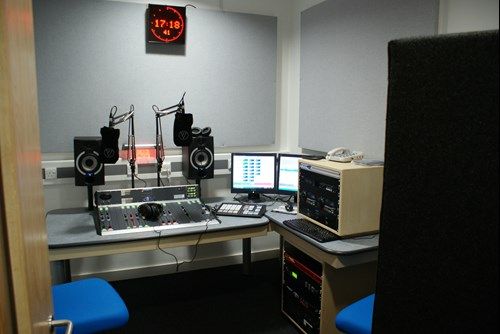
At the time, it was decided that a traditional analogue solution would be preferable as the Axia AoIP equipment was fairly new at the time, so we recommended a Sonifex S2 based solution with Myriad Playout in each studio.
The key criteria for the JMU installation was to provide commercial grade equipment that was genuinely in the commercial and wider radio industry. The aim was to provide a dynamic environment where the students could learn and perfect radio and news presentation skills and produce coursework for assessment as part of several media related courses.
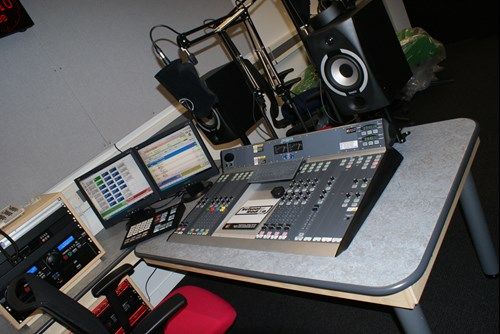
One of the key factors was that they wanted a fully integrated system that would make work completed in one studio to be instantly accessible in all the other facilities. The included Myriad Playout system with centralised audio and data storage met and exceeded this criteria.
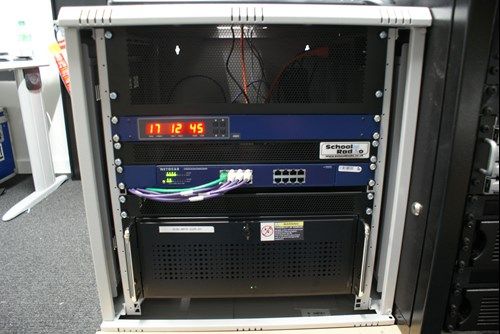
The installation was undertaken in the summer of 2012 and was completed in time for the start of the following September term.
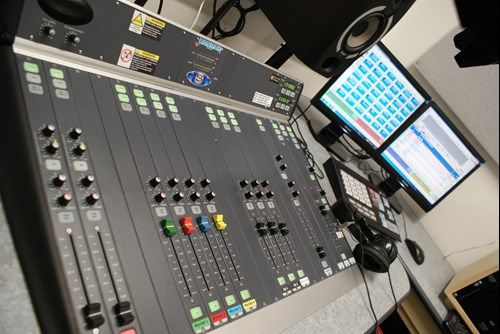
In addition, we also facilitated the creation of an online radio station for JMU which allows the students to experience live broadcasting and help them showcase their work.
